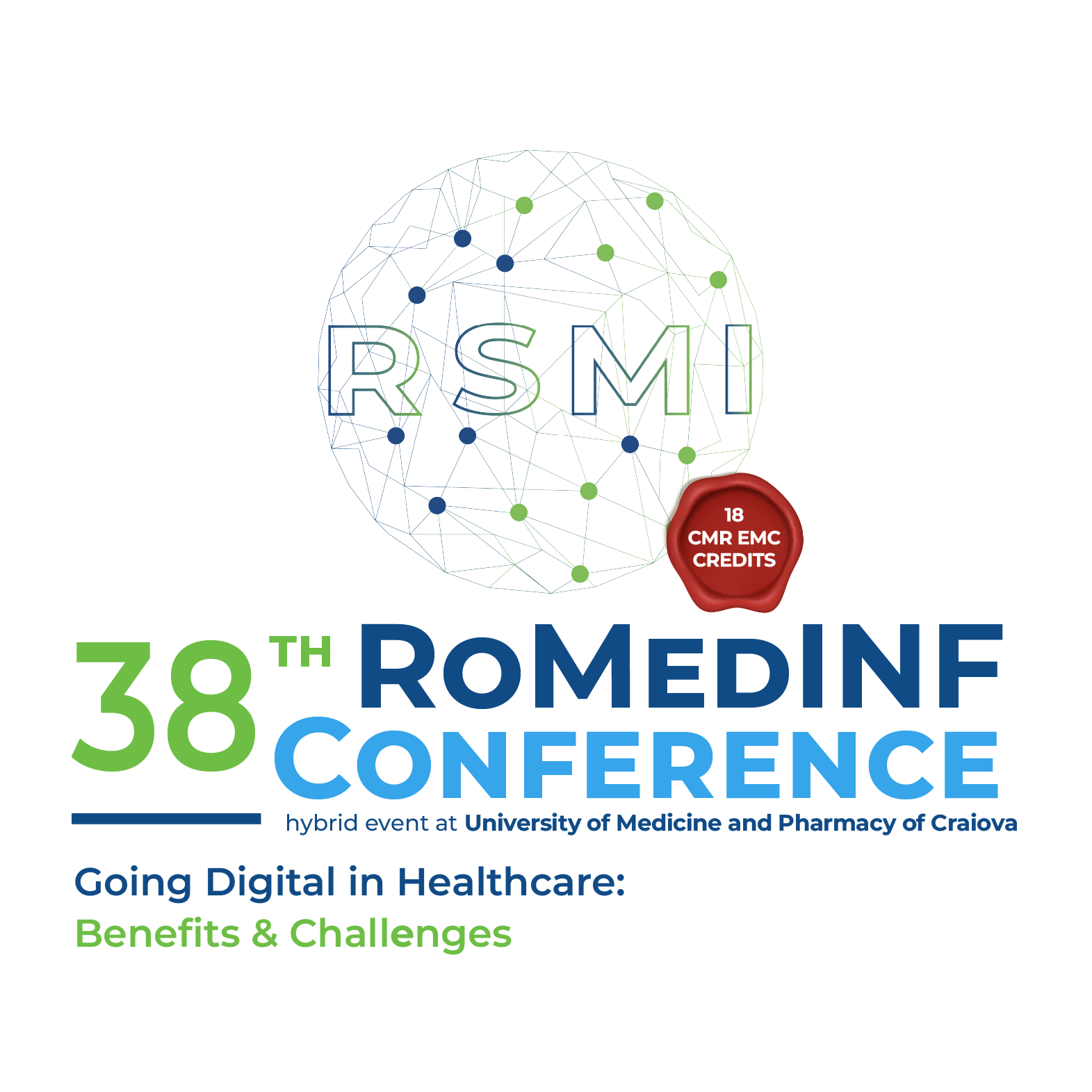Electroencephalography Signal Analysis: Classification Techniques and Applications
Keywords:
Electroencephalography (EEG), Signal Processing, Brain-Computer Interface (BCI), Support Vector Machines (SVM), P300 Speller, Assistive TechnologyAbstract
Electroencephalography (EEG) signal analysis has become a crucial tool in neuroscience, biomedical engineering, and brain-computer interfaces (BCI) applications. This study explored EEG signal processing and classification techniques, focusing on applications driven by visual stimuli. The main focus of the study is the use of visually evoked potentials (VEPs) and steady-state visual evoked potentials (SSVEPs), which are widely used in BCI applications. Several signal acquisition and preprocessing techniques were investigated, including artifact removal, feature extraction methods, such as wavelet transforms and common spatial patterns, combined with classification approaches like support vector machines (SVM), and signal enhancement methods. The impact of stimulus type, frequency, and presentation techniques on EEG signal quality and classification accuracy was also analyzed. The primary application included a P300 speller for hands-free text input, a browser plugin enabling seamless web navigation via brain signals, and a desktop control system for interacting with operating systems and software. These applications demonstrate the usefulness of BCIs in day-to-day life, using only visual stimuli, such as flashing images and other visual queues as a means of communicating with the computer. The ultimate goal is to offer assistive solutions for people with disabilities and push the boundaries of non-invasive neurotechnology in everyday life.
Downloads
Published
How to Cite
Issue
Section
License
Copyright (c) 2025 Iosif-Beniamin GOGA

All papers published in Applied Medical Informatics are licensed under a Creative Commons Attribution (CC BY 4.0) International License.

